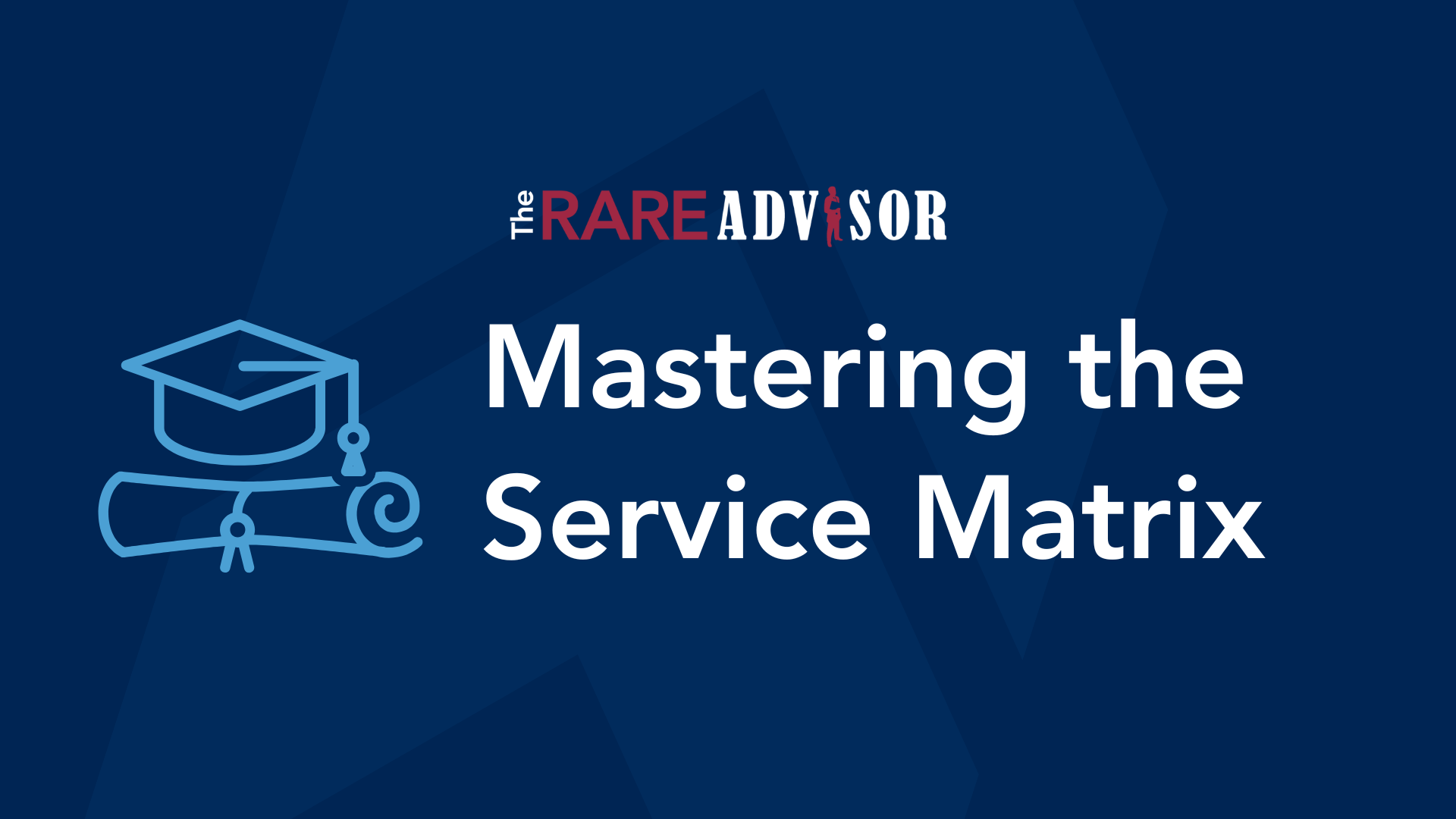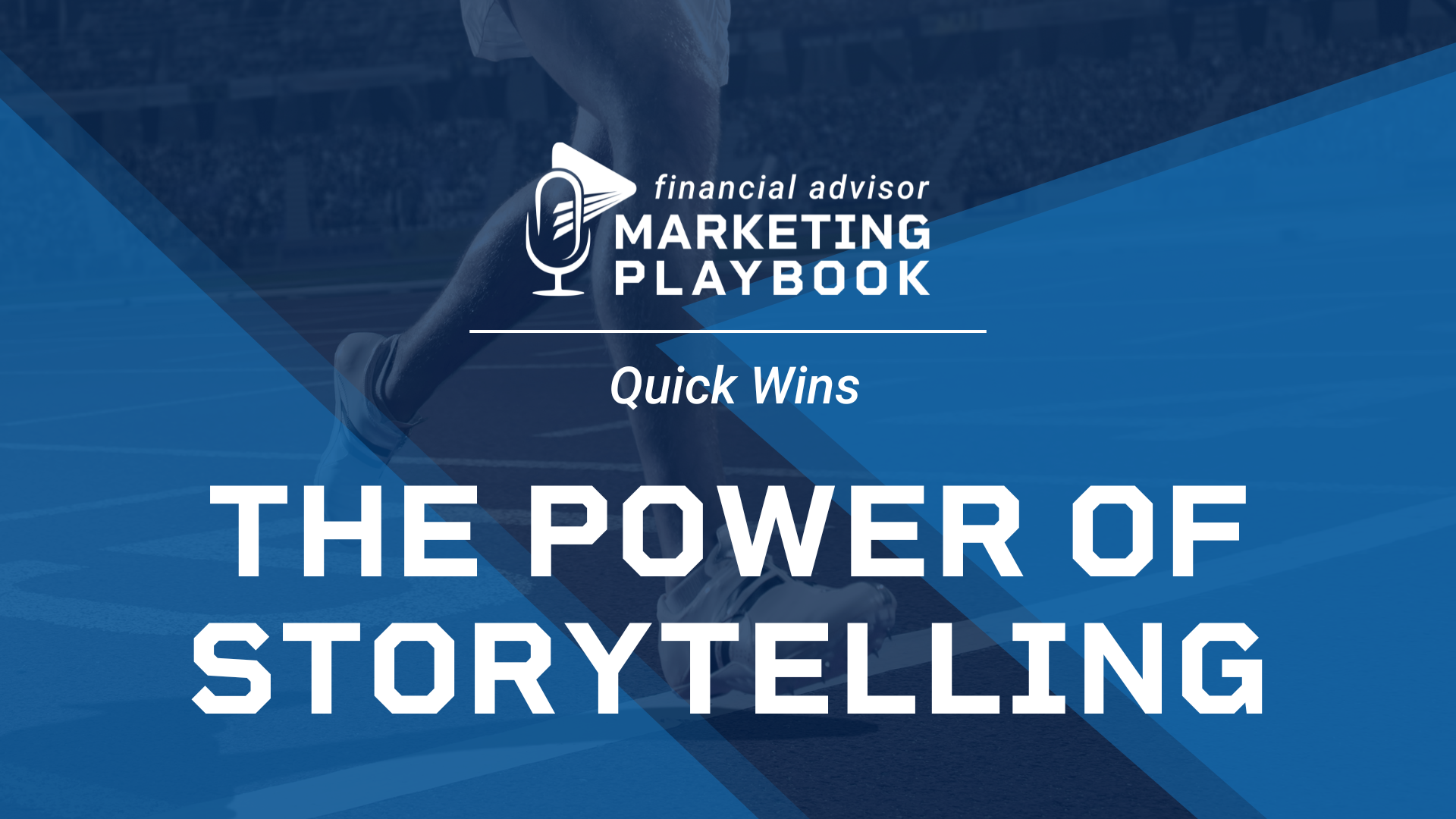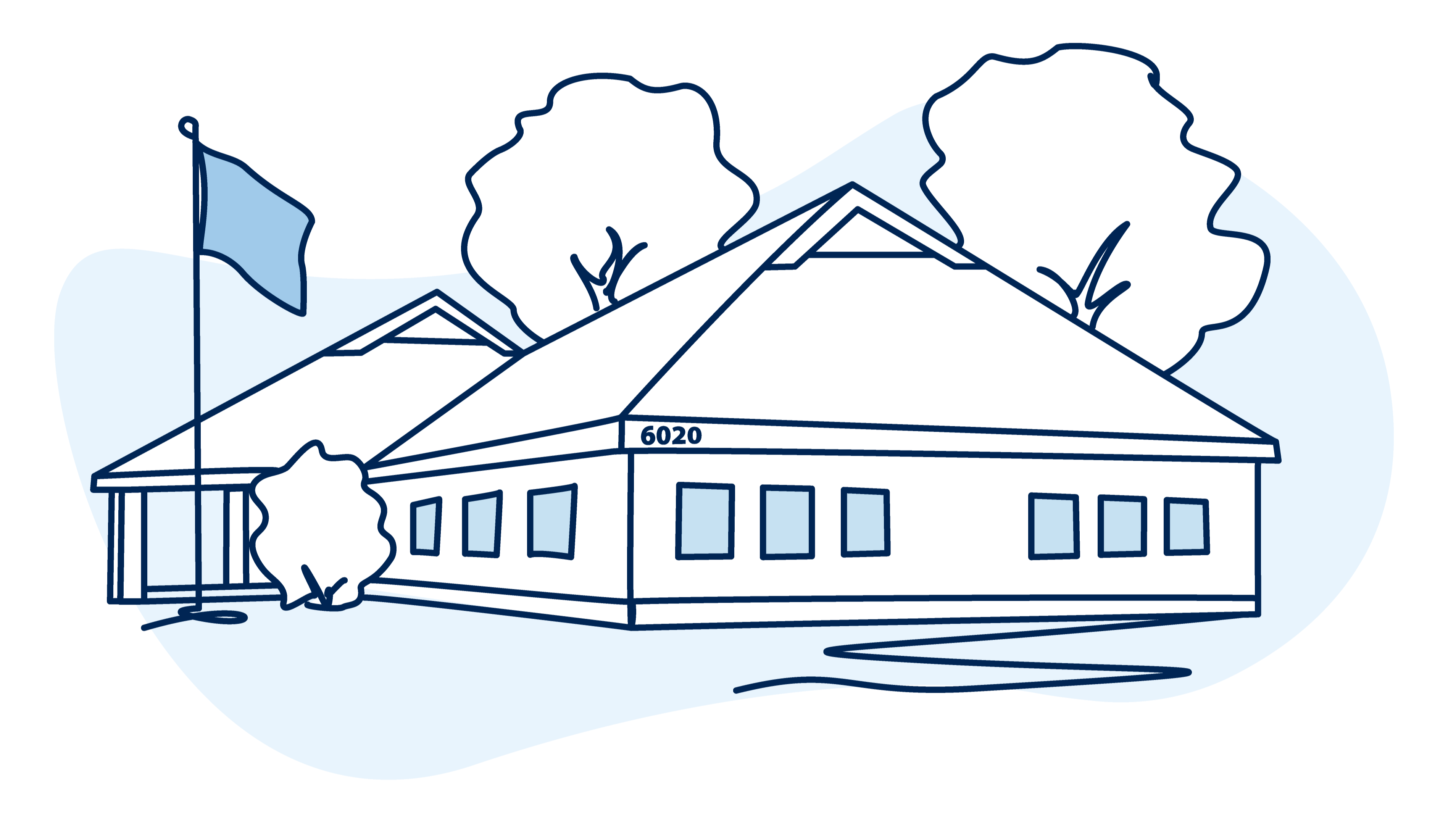Mastering Client Classification for Sustainable Growth

Ever feel like you're juggling too many clients and not getting enough return for your efforts? That’s where client classification can make a world of difference. It’s not just about organizing your client list; it’s about creating a strategy that helps you focus on what really matters: building better relationships, growing your business, driving client advocacy, and having more time for what you love.
In this post, we’re diving into why client classification is so important and how to make it work for you. Don’t worry—it’s not as complicated as it sounds, and it can transform the way you run your practice.
What is Client Classification?
It’s a foundational process to building your ideal practice. It shows you where to focus your energy to get the best results. Instead of treating every client the same, you group them based on their value to your practice and the level of service they deserve.
Why it Matters to Classify Clients
Client classification isn’t just about keeping things tidy. It’s about working smarter, not harder. Not all clients contribute equally to your success. The Pareto Principle (aka the 80/20 rule) says that 80% of your results come from 20% of your clients. So, the question is, are you spending enough time, energy, and resources with that 20%? If not, you’re leaving growth and client satisfaction opportunities on the table.
Here's What Happens When You Get it Right
- You Save Time: By focusing on your top-tier clients, you maximize the return on your effort.
- You Elevate the Client Experience: Tailoring your approach based on client needs means everyone gets what’s best for them—and for you.
- You Get More Referrals: Advocates bring in new clients, and the cycle of growth keeps spinning.
- Your Practice Gains Value: A well-structured client experience adds sustainability and long-term value to your business.
How to Get Started with Client Classification
Let’s start by defining Your Ideal Client: Who do you love working with? Maybe it’s successful business owners, retirees, or young families building wealth. What is the ideal level of Assets & Revenue? What are the ideal attitudinal qualities?
From there, you will want to look at your practice through the lens of the Loyalty Ladder. The Loyalty Ladder is a framework for grouping relationships, based on their level of opportunity and engagement. All potential relationships start on the first rung, Suspect. Then progress to the next rung, Prospect. But once a relationship is formed, they move into three distinct levels of engagement:
- Customers: These folks show up occasionally but aren’t fully engaged with your process. Think of them as one-off transactions rather than long-term relationships.
- Clients: They trust you implicitly, see your value, and rely on you to guide their financial decisions. And they are fully engaged in your process.
- Advocates: These are your dream clients. They don’t just recommend you—they actively bring new people to your door. Advocates are gold because they’re loyal and help grow your business effortlessly.
The Loyalty Ladder helps you focus on converting customers to clients and clients to advocates, optimizing your relationships for quality and growth. It’s a key part of fostering advocacy and scaling your practice effectively.
Your job? Move more of your clients into “advocate” status.
Sort Your Clients into Groups
Once you have defined the level of engagement (customers, clients, and advocates), you can further define your groups by tangible metrics like assets under management & revenue, and intangible metrics like attitudinal qualities or alignment with your values.
AAA: Meets your Ideal Client Asset & Revenue criteria. Demonstrates Ideal Client Attitude attributes and is fully engaged. But most importantly, they are an active Advocate of your firm.
AA: Meets your Ideal Client Asset & Revenue criteria. Demonstrates Ideal Client Attitude attributes and is fully engaged.
A: Meets your Ideal Client Asset & Revenue criteria.
Legacy: These are family members of a client in one of the ‘A’ groups. This classification can also be used for friends, family or relatives of the advisor.
B: This client would be AA or AAA if they had the assets. This client has a great attitude, is committed to working with the advisor and may even provide some introductions.
C: This client has a lower asset value and is not someone you will be growing your business with, in the future. This client may eventually be reassigned as assets in the AA and AAA groups increase
D: This client does not have the assets to be in the C group, these are often transactional relationships.
Be sure to review and refresh regularly. Life changes, and so do clients. Make it a habit to reassess and adjust your classifications as needed.
Right-Sizing
What about those “tricky” clients?
Let’s be real—there are always a few clients who don’t quite fit. Maybe they’re not aligned with your process, or they’re draining your time without much payoff. It’s okay to let them go or transition them to someone better suited for their needs. This “growing down” frees you up to focus on clients who truly value what you offer.
If you’re ready to take things further, consider narrowing your focus to fewer, more complex clients. This “up-market” strategy lets you deepen your relationships and deliver even more value. It’s like leveling up your business while working with people you genuinely enjoy.
Turning Clients into Advocates
The ultimate goal of client classification is advocacy. When you focus on your best clients and give them an outstanding experience, they naturally want to share that with others. Advocates don’t just recommend you—they make introductions and ensure those referrals actually reach out.
To nurture advocates, make your process clear, consistent, memorable, and give it a name. People need to know why you’re different—and why you’re the best at what you do. A clearly defined and named process that tells a story, turns your value into something tangible, and that’s what clients can confidently share with others.
Final Thoughts: Less Stress, More Impact
Client classification isn’t just a strategy; it’s a mindset. By organizing your relationships and prioritizing your time, you can grow your business in a way that feels natural and rewarding. It’s about working with purpose, delivering incredible value, and building relationships that last.
Ready to take the leap? Start small—define your ideal client, sort your list, and tweak your services. You’ll be amazed at how quickly things start to fall into place.
And remember, it’s not just about doing more—it’s about doing the right things for the right people. That’s where the magic happens.
If you’d like to learn more about classifying your clients or creating tangibility through a process naming, please visit our Coaching & Consulting page or contact our coaches.
Author Info

Allan Oehrlein is a Practice Management Consultant at USA Financial. With over 14 years of experience in Financial Services, Allan brings a...
Related Posts

Mastering the Service Matrix: Elevate Client Experience & Drive Advocacy
In this episode of The Rare Advisor, Aaron Grady and Allan Oehrlein dive deep into two essential tools for modern advisory practices: the service matrix and the stewardship framework. Discover why moving from a reactive to a proactive service model is critical for consistency, scalability, and client advocacy. Learn how these frameworks help advisors deliver predictable, high-touch experiences, segment clients effectively, and create professional contrast that sets your firm apart. If you want to elevate your client experience and build loyalty that lasts, this conversation is packed with actionable insights.

Year-End Planning with Purpose: Becoming the Advisor of the Future
In this episode of The RARE Advisor, Aaron Grady and Duncan MacPherson explore how financial advisors can approach year-end planning with intention and purpose. Rather than focusing solely on metrics and spreadsheets, they discuss the importance of aligning your “why” with your process and practice. Drawing on Japanese philosophies like Ikigai, Kaizen, Kintsugi, and Wabi Sabi, they share insights on creating a more meaningful, resilient, and sustainable business. Learn how embracing continuous improvement, authenticity, and technology can help you become the advisor of the future.

The Power of Storytelling: 3 Essential Stories Every Financial Advisor Needs
In this episode of Financial Advisor Marketing Playbook, Mark Mersman reveals how storytelling can transform your marketing and client relationships. Learn the three foundational stories every advisor needs: your origin story to build trust, your client transformation story to demonstrate results and empathy, and your philosophy story to define your beliefs and differentiate your brand. Discover practical tips for crafting these narratives and integrating them into your website, meetings, and marketing strategy.

Mastering the Service Matrix: Elevate Client Experience & Drive Advocacy
In this episode of The Rare Advisor, Aaron Grady and Allan Oehrlein dive deep into two essential tools for modern advisory practices: the service matrix and the stewardship framework. Discover why moving from a reactive to a proactive service model is critical for consistency, scalability, and client advocacy. Learn how these frameworks help advisors deliver predictable, high-touch experiences, segment clients effectively, and create professional contrast that sets your firm apart. If you want to elevate your client experience and build loyalty that lasts, this conversation is packed with actionable insights.

Year-End Planning with Purpose: Becoming the Advisor of the Future
In this episode of The RARE Advisor, Aaron Grady and Duncan MacPherson explore how financial advisors can approach year-end planning with intention and purpose. Rather than focusing solely on metrics and spreadsheets, they discuss the importance of aligning your “why” with your process and practice. Drawing on Japanese philosophies like Ikigai, Kaizen, Kintsugi, and Wabi Sabi, they share insights on creating a more meaningful, resilient, and sustainable business. Learn how embracing continuous improvement, authenticity, and technology can help you become the advisor of the future.

The Power of Storytelling: 3 Essential Stories Every Financial Advisor Needs
In this episode of Financial Advisor Marketing Playbook, Mark Mersman reveals how storytelling can transform your marketing and client relationships. Learn the three foundational stories every advisor needs: your origin story to build trust, your client transformation story to demonstrate results and empathy, and your philosophy story to define your beliefs and differentiate your brand. Discover practical tips for crafting these narratives and integrating them into your website, meetings, and marketing strategy.

